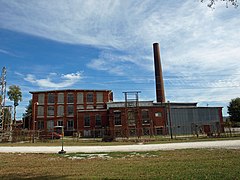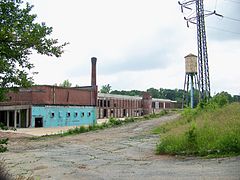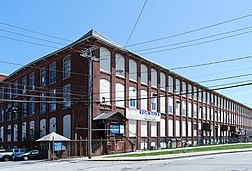The New England League was a mid-level league in American minor league baseball that played intermittently in five of the six New England states between 1886 and 1949. After 1901, it existed in the shadow of two Major League Baseball clubs in Boston and alongside stronger, higher-classification leagues.

Matthew Sullivan was an American architect whose practice specialized in ecclesiastical design.

Pilgrim Mills is an historic textile mill located at 847 Pleasant Street in Fall River, Massachusetts. The mill was built in 1911 from red brick and was the first mill in the city powered entirely by electricity, provided from the local grid. It was one of the last mill complexes built in the city. The property was listed on the National Register of Historic Places in 1983.
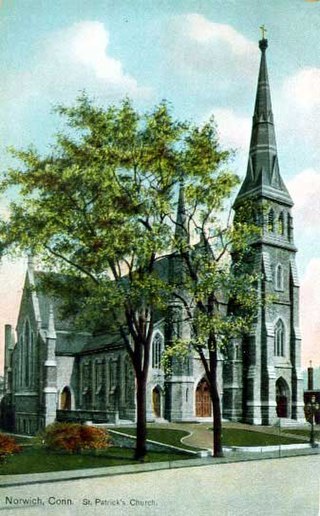
James Murphy, FAIA, (1834–1907) was an Irish-American architect active in late-nineteenth- and early twentieth-century New England, who designed numerous Roman Catholic churches and related structures.

Clifton A. Hall (1826-1913) was an American architect from Providence, Rhode Island.
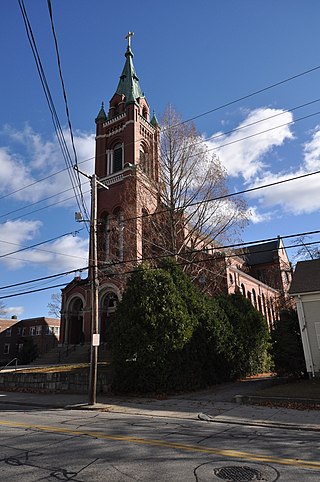
Walter F. Fontaine was an American architect of French Heritage from Woonsocket, Rhode Island.
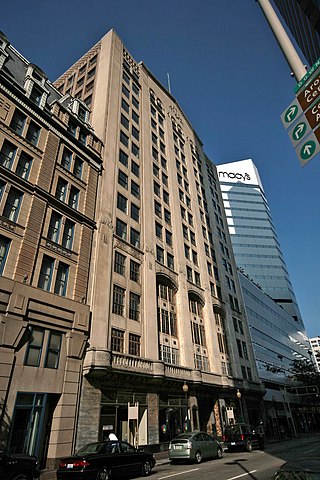
Lockwood, Greene & Company was an American engineering firm. It was active under various names from 1871 to 2017.

John A. Fox (1835–1920) was an American architect. Fox practiced in Boston for fifty years and is best remembered for his works in the Stick Style.

William R. Walker & Son was an American architectural firm in Providence, Rhode Island, active during the years 1881 to 1936. It included partners William Russell Walker (1830–1905), William Howard Walker (1856–1922) and later William Russell Walker II (1884–1936).

Martin & Hall was the architectural partnership of Frank W. Martin and George F. Hall (1866–1928). It was based in Providence, Rhode Island.

Alpheus C. Morse (1818-1893) was an American architect with offices in Providence, Rhode Island.

George W. Spaulding (1843-1908) was an American architect from Woonsocket, Rhode Island.

Robert Charles Nicholson Monahan was a Canadian-American architect from Pawtucket, Rhode Island.
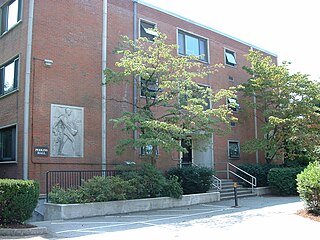
Lloyd Willington Kent (1907-1991) was an American architect from Providence, Rhode Island. With work based in modernist theory, Kent and his firms designed many Rhode Island civic buildings during the mid-twentieth century.
Howard Hoppin was an American architect from Providence, Rhode Island.

William R. Walker was an American architect from Providence, Rhode Island, who was later the senior partner of William R. Walker & Son.

Cutting, Carleton & Cutting was an American architectural firm, with offices in Worcester, Massachusetts, active from 1895 to 1932.

J. Williams Beal, Sons, successor to the office of J. Williams Beal, was a successful architectural firm based in Boston, Massachusetts. Established in 1920 by the sons of the late architect Beal, it remained in business into the 1980s.
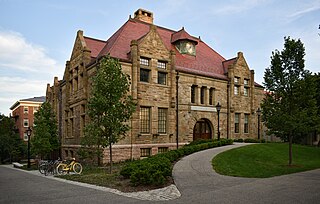
Thomas J. Gould (1849-1923) was an American architect from Providence, Rhode Island.

Amos DeForest Lockwood (1811–1884) was an American manufacturer and engineer based in Providence, Rhode Island. He was self-trained as a mechanical engineer, and gradually expanded his scope to all areas of textile mill construction. He was a cofounder, in 1882, of Lockwood, Greene & Company, which would become one of the largest engineering firms in the United States in the twentieth century.







